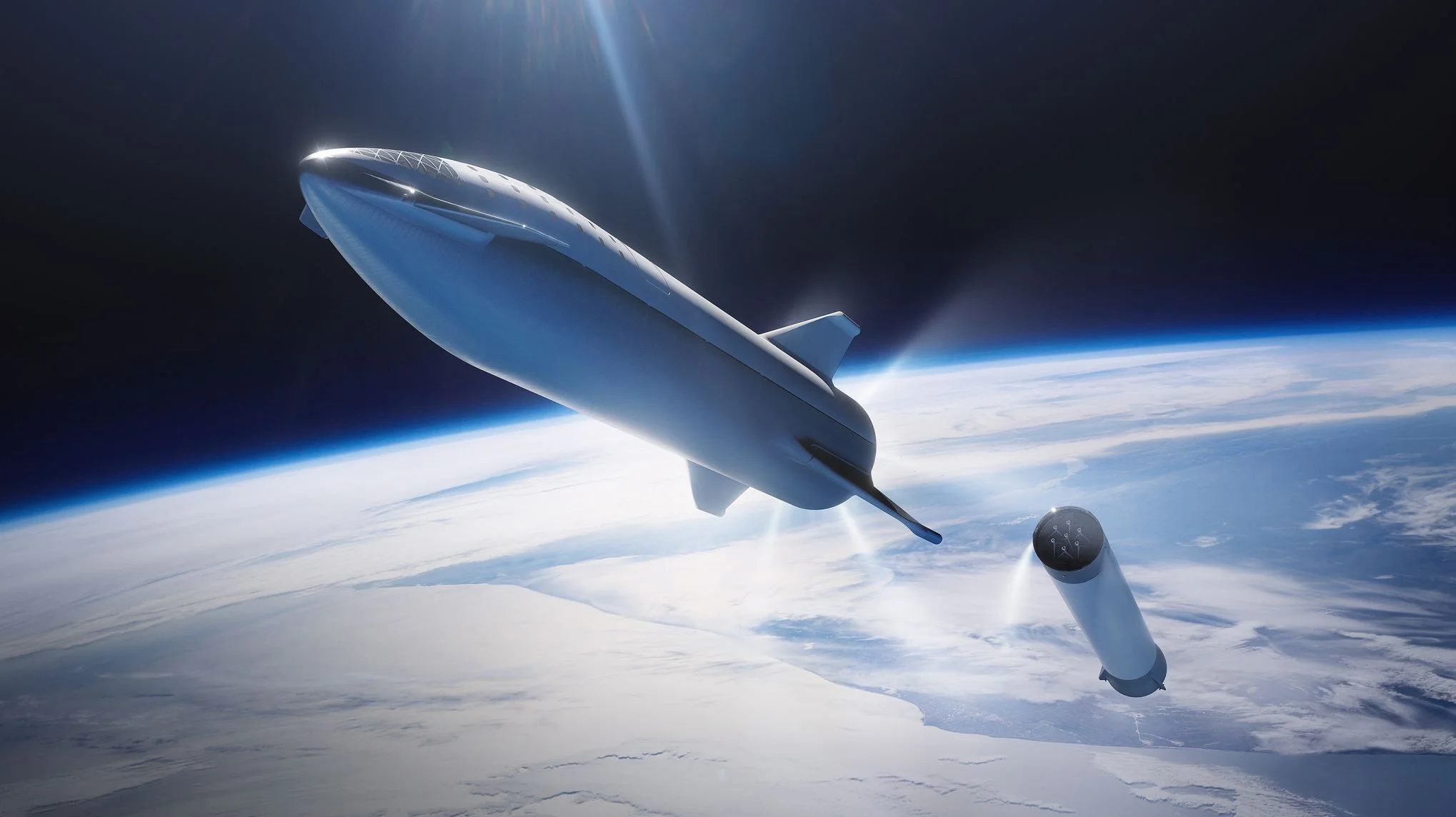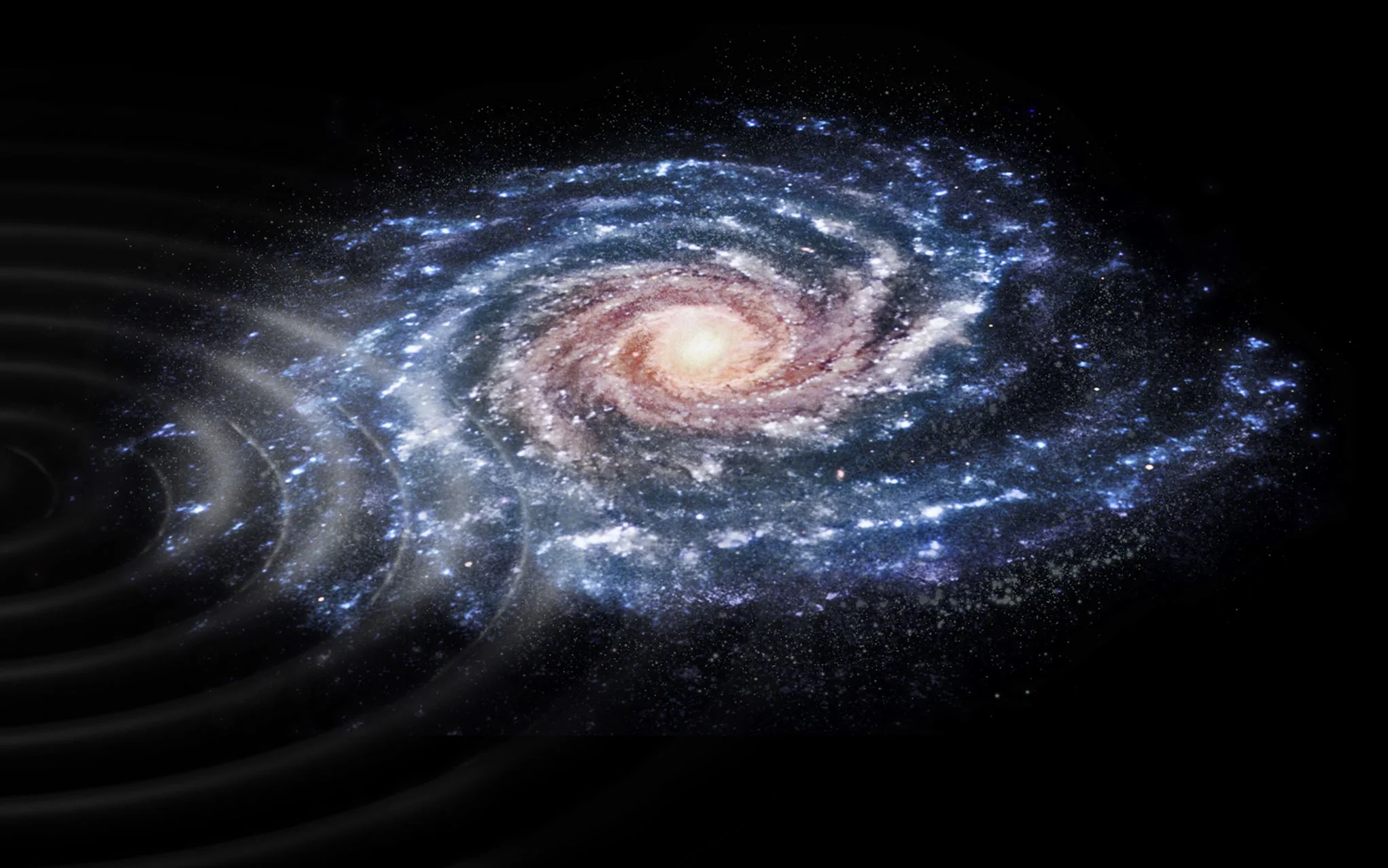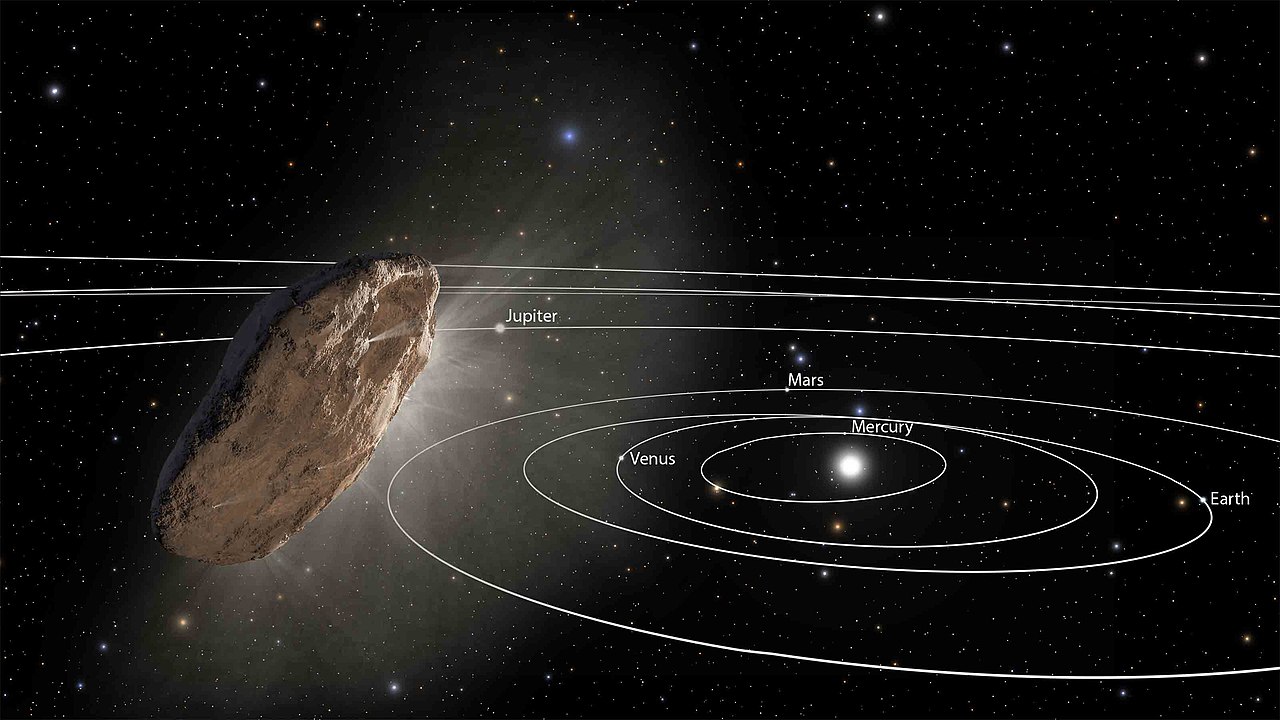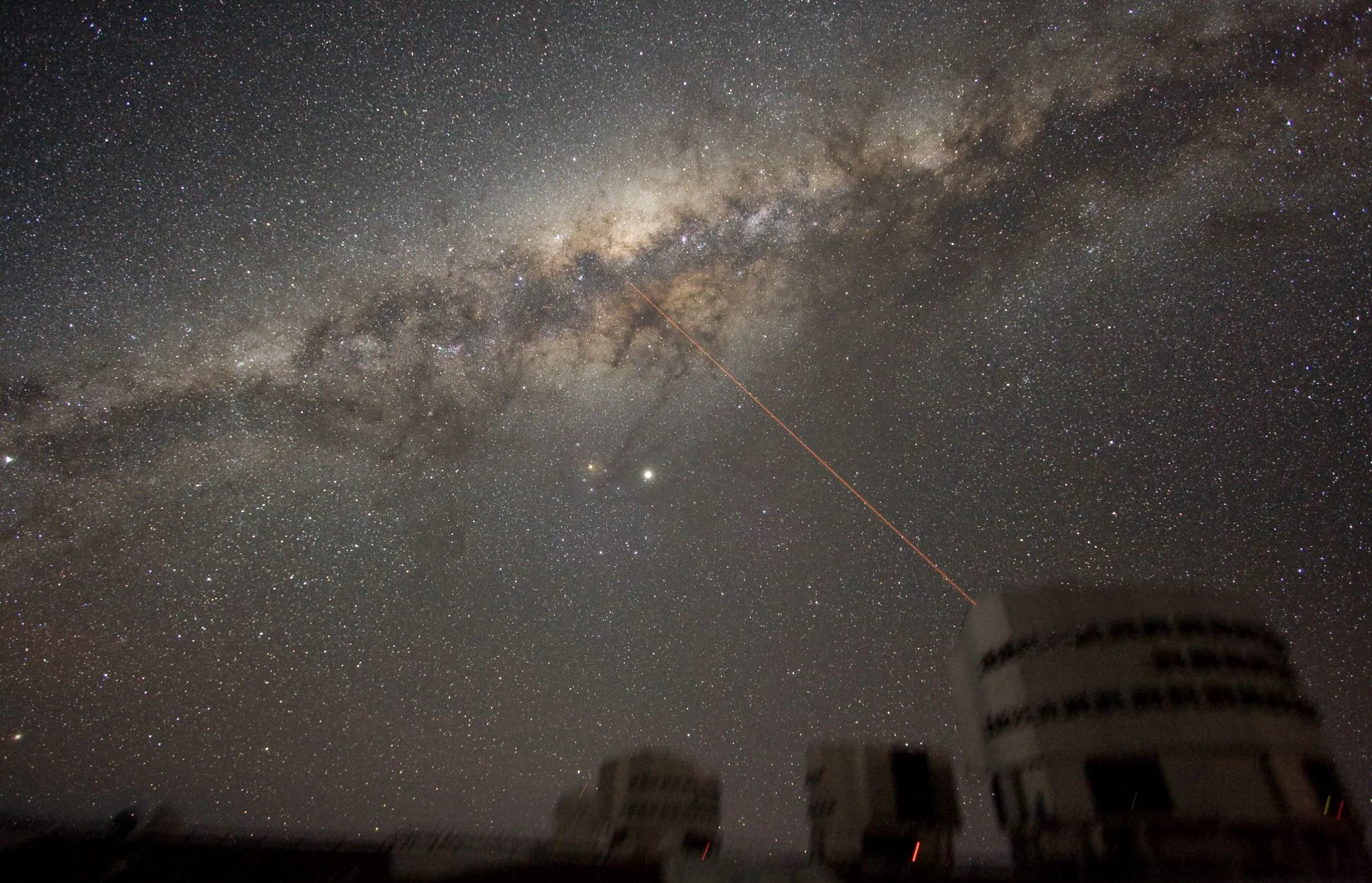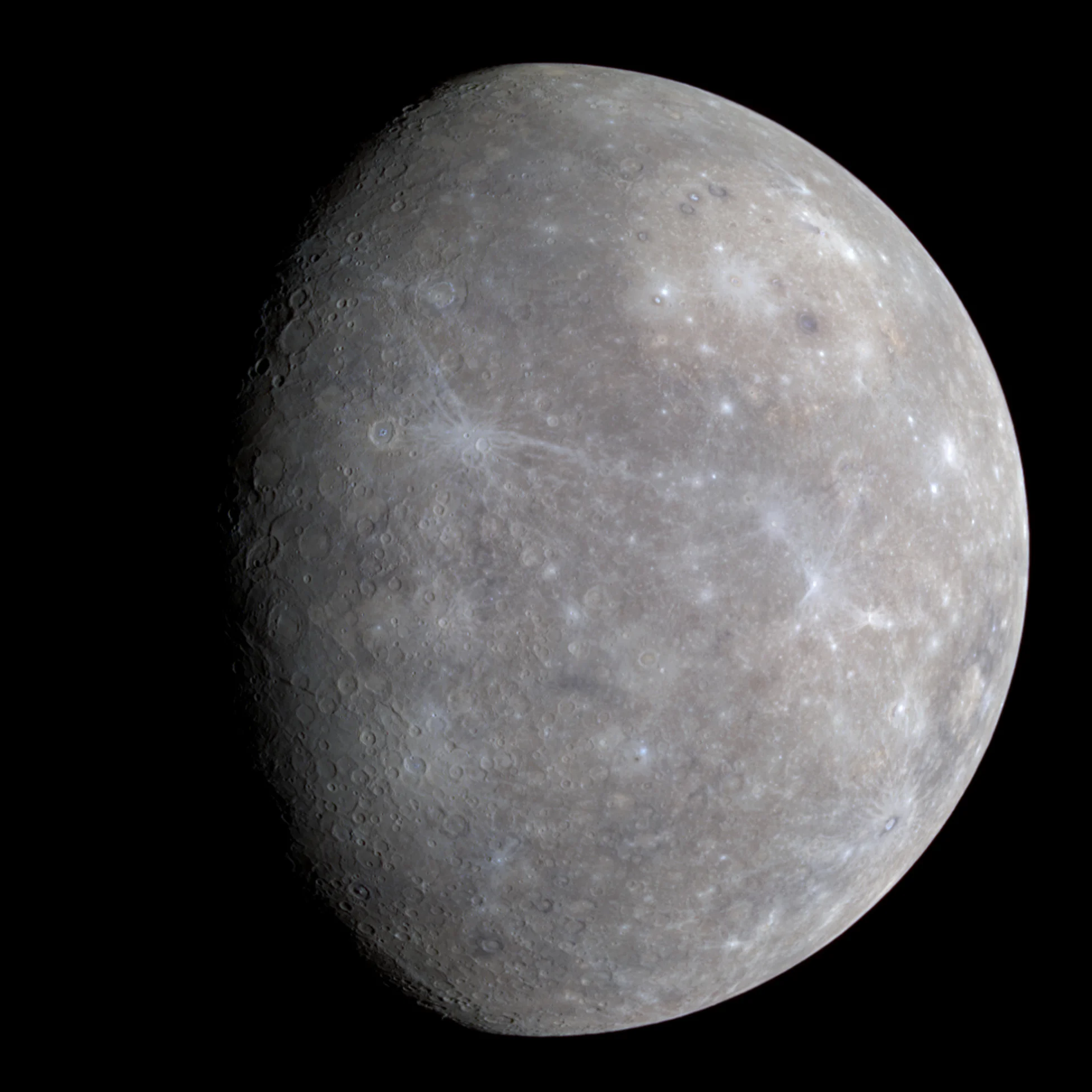Deep observations made with the MUSE spectrograph on ESO’s Very Large Telescope have uncovered vast cosmic reservoirs of atomic hydrogen surrounding distant galaxies. The exquisite sensitivity of MUSE allowed for direct observations of dim clouds of hydrogen glowing with Lyman-alpha emission in the early Universe — revealing that almost the whole night sky is invisibly aglow.
A decade of commercial space travel – what’s next?
Technosignatures are NASA’s New Target for Detecting Other Civilizations in Space. Wait. What’s a Technosignature?
Optical Rocket Boosts Electrons to Nearly the Speed of Light
A team of researchers from the University of Nebraska–Lincoln recently conducted an experiment where they were able to accelerate plasma electrons to close to the speed of light. This “optical rocket”, which pushed electrons at a force a trillion-trillion times greater than that generated by a conventional rocket, could have serious implications for everything from space travel to computing and nanotechnology.
Titan First-Ever Detected Dust Storms Proves the Moon to be More Earth-like than Ever
Ever since the Cassini orbiter entered the Saturn system in July of 2004, scientists and the general public have been treated to a steady stream of data about this ringed giant and its many fascinating moons. In particular, a great deal of attention was focused on Saturn’s largest moon Titan, which has many surprising Earth-like characteristics.
Musk Gave an Update on When a Mars Colony Could be Built
Elon Musk is well-known for his ability to create a media sensation. Scarcely a week goes by that the founder of SpaceX and Tesla doesn’t have an announcement or update to make – often via his social media outlet of choice, twitter. And as a major figure in the NewSpace industry, anything he says is guaranteed to elicit reactions (both critical and hopeful) from the space community and general public.
Unexpected find from a neutron star forces a rethink on radio jets
Opportunity Emerges in a Dusty Picture
The Milky Way is Still Rippling from a Galactic Collision Millions of Years Ago
Between 300 million and 900 million years ago, our Milky Way galaxy nearly collided with the Sagittarius dwarf galaxy. Data from the ESA’s Gaia mission shows the ongoing effect of this event, with stars moving like ripples on the surface of a pond. The galactic collision is part of an ongoing cannibalization of the dwarf galaxy by the much-larger Milky Way.
Astronomers are Tracking the Interstellar Asteroid ‘Oumuamua to its Home System
On October 19th, 2017, the Panoramic Survey Telescope and Rapid Response System-1 (Pan-STARRS-1) in Hawaii announced the first-ever detection of an interstellar asteroid – I/2017 U1 (aka. ‘Oumuamua). Since that time, multiple studies have been conducted to determine the asteroid’s origin, what it encountered in interstellar space, its true nature (is it a comet or an asteroid?), and whether or not it is an alien spacecraft (it’s not).
Our Sun: Two Wavelengths, Two Different Images
NASA's Solar Dynamics Observatory views our Sun in ten different wavelengths because each wavelength reveals different solar features. This Sept. 21, 2018, view of the Sun uses two selected images taken at virtually the same time but in different wavelengths of extreme ultraviolet light. The red-tinted image, which captures material not far above the Sun's surface, is especially good for revealing details along the edge of the Sun, like the small prominence at the ten o'clock position. The brown-tinted image clearly shows two large coronal holes (darker areas) as well as some faint magnetic field lines and hints of solar activity (lighter areas), neither of which are apparent in the red image. This activity is occurring somewhat higher in the Sun's corona. In a way it is like peeling away the layers of an onion, a little at a time.
Inside the Crust of Neutron Stars, There’s Nuclear Pasta; the Hardest Known Substance in the Universe
Ever since they were first discovered in the 1930s, scientists have puzzled over the mystery that is neutron stars. These stars, which are the result of a supernova explosion, are the smallest and densest stars in the Universe. While they typically have a radius of about 10 km (6.2 mi) – about 1.437 x 10-5 times that of the Sun – they also average between 1.4 and 2.16 Solar masses.
Narrowing Down the Mass of the Milky Way
Since the birth of modern astronomy, scientists have sought to determine the full extent of the Milky Way galaxy and learn more about its structure, formation and evolution. At present, astronomers estimate that it is 100,000 to 180,000 light-years in diameter and consists of 100 to 400 billion stars – though some estimates say there could be as many as 1 trillion.
How to Know Once and For All if the Universe Began With a Bang or a Bounce
According to the Big Bang cosmological model, our Universe began 13.8 billion years ago when all the matter and energy in the cosmos began expanding. This period of “cosmic inflation” is believed to be what accounts for the large-scale structure of the Universe and why space and the Cosmic Microwave Background (CMB) appear to be largely uniform in all directions.
To Avoid Vision Problems in Space, Astronauts Will Need Some Kind of Artificial Gravity
Ever since astronauts began going to space for extended periods of time, it has been known that long-term exposure to zero-gravity or microgravity comes with its share of health effects. These include muscle atrophy and loss of bone density, but also extend to other areas of the body leading to diminished organ function, circulation, and even genetic changes.
NASA’s TESS Shares First Science Image in Hunt to Find New Worlds
NASA’s newest planet hunter, the Transiting Exoplanet Survey Satellite (TESS), is now providing valuable data to help scientists discover and study exciting new exoplanets, or planets beyond our solar system. Part of the data from TESS’ initial science orbit includes a detailed picture of the southern sky taken with all four of the spacecraft’s wide-field cameras. This “first light” science image captures a wealth of stars and other objects, including systems previously known to have exoplanets.
The Closest Planet Ever Discovered Outside the Solar System Could be Habitable With a Dayside Ocean
In of August of 2016, astronomers from the European Southern Observatory (ESO) confirmed the existence of an Earth-like planet around Proxima Centauri – the closest star to our Solar System. In addition, they confirmed that this planet (Proxima b) orbited within its star’s habitable zone. Since that time, multiple studies have been conducted to determine if Proxima b could in fact be habitable.
Hubble Uncovers Never-Before-Seen Features Around a Neutron Star
An unusual infrared light emission from a nearby neutron star detected by NASA’s Hubble Space Telescope could indicate new features never before seen. One possibility is that there is a dusty disk surrounding the neutron star; another is that there is an energetic wind coming off the object and slamming into gas in interstellar space the neutron star is plowing through.
Forming Dense Metal Planets like Mercury is Probably Pretty Difficult and Rare in the Universe
The planet Mercury, the closet planet to our Sun, is something of an exercise in extremes. Its days last longer than its years and at any given time, its sun-facing side is scorching hot while its dark side is freezing cold. It is also one of the least understood planets in our Solar System. While it is a terrestrial (i.e. rocky) planet like Earth, Venus and Mars, it has a significantly higher iron-to-rock ratio than the others.


